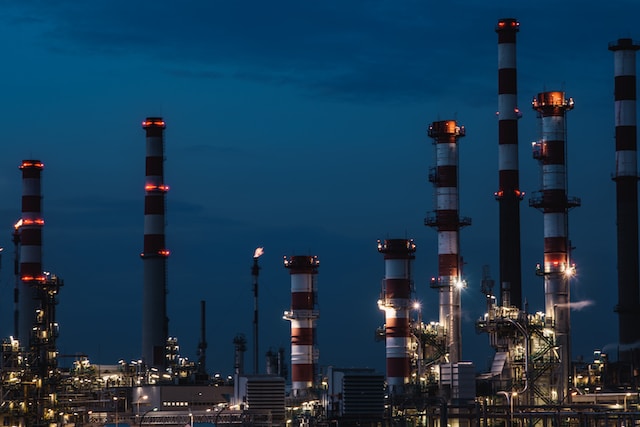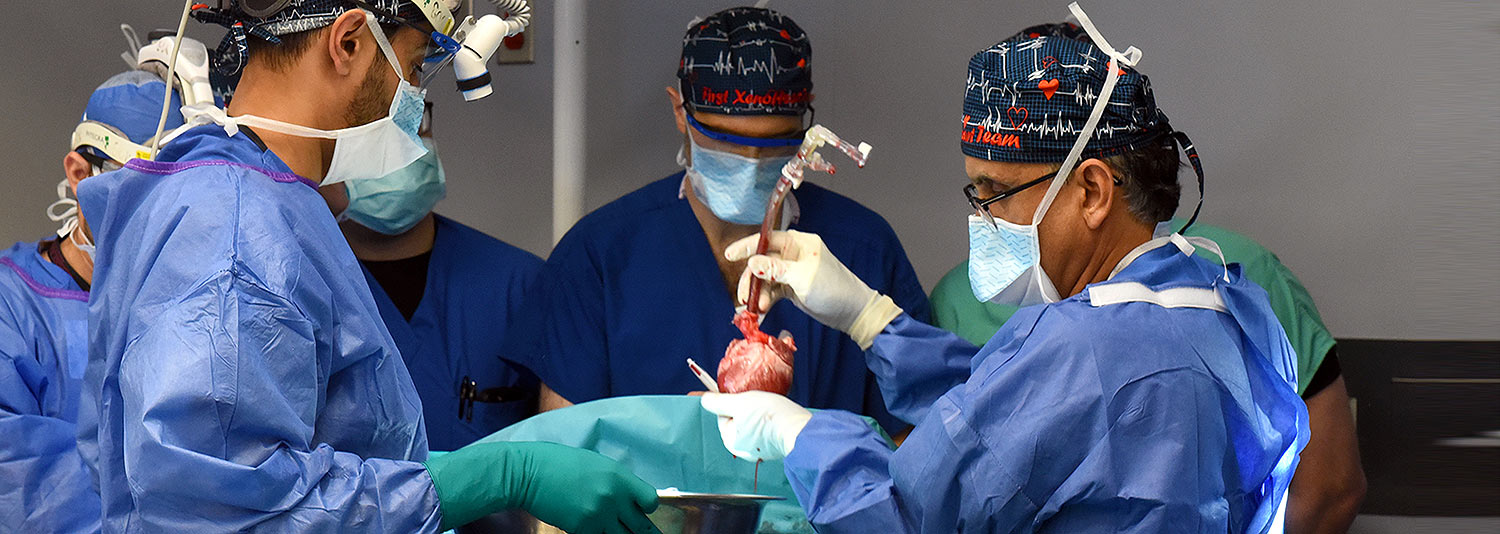Purchasing an air-operated double-diaphragm (AODD) pump isn’t only about considering the technical specifications and making sure that the rating will cover your needs.
Undoubtedly, that’s a crucial factor to consider and the basis from which to start your research, but buyers of diaphragm pumps also need to focus on the choice of materials for spare parts. More specifically, the diaphragm materials.
The diaphragm of an AODD is a key component that creates the temporary chambers, reciprocating back and forth as needed. These membranes are made to withstand numerous cycles of elastic deformation, but resistance to material fatigue can only go so far.
If your membrane part has ruptured prematurely, you may want to consider all of the factors that come into play before you pick the replacement part, and the material it’s made of in particular.
There are many different materials offering a unique set of mechanical and physical characteristics, including:

- Polyurethane
- Wil-FlexTM
- SaniflexTM
- Geolast®
- and polytetarfluorethylene (PTFE)
PTFE diaphragm parts have gotten very popular in recent years, as more users appreciate them for their anti-corrosive, hydrophobic, non-sticky, and high-temperature resistance properties.
PTFE is generally a chemically inert compound, so it won’t react with whatever it comes in contact with.
Particularly aggressive substances like chlorinated hydrocarbons, powerful acids, caustic liquids, ketones, and acetates can all be handled safely with PTFE membranes. Even when you’re working with fluids that are foods, beverages, or pharmaceutical products, PTFE diaphragms are still a viable choice since it complies with the FDA 21 CFR 177 and USP Class VI standards.
Before we convince you that you have found the “Holy Grail” of all diaphragm membrane materials, we should give you PTFE’s only drawback.
Unfortunately, it’s non-elastic, so it needs to be used in conjunction with a “backup” diaphragm that will give it flexibility and memory properties. Any thermoplastic elastomer would serve this purpose just fine, and it wouldn’t come in contact with the materials that pass through the pump anyway. This means that factors such as abrasion, chemical reactivity, and acid resistance won’t have to be considered for that secondary membrane.







